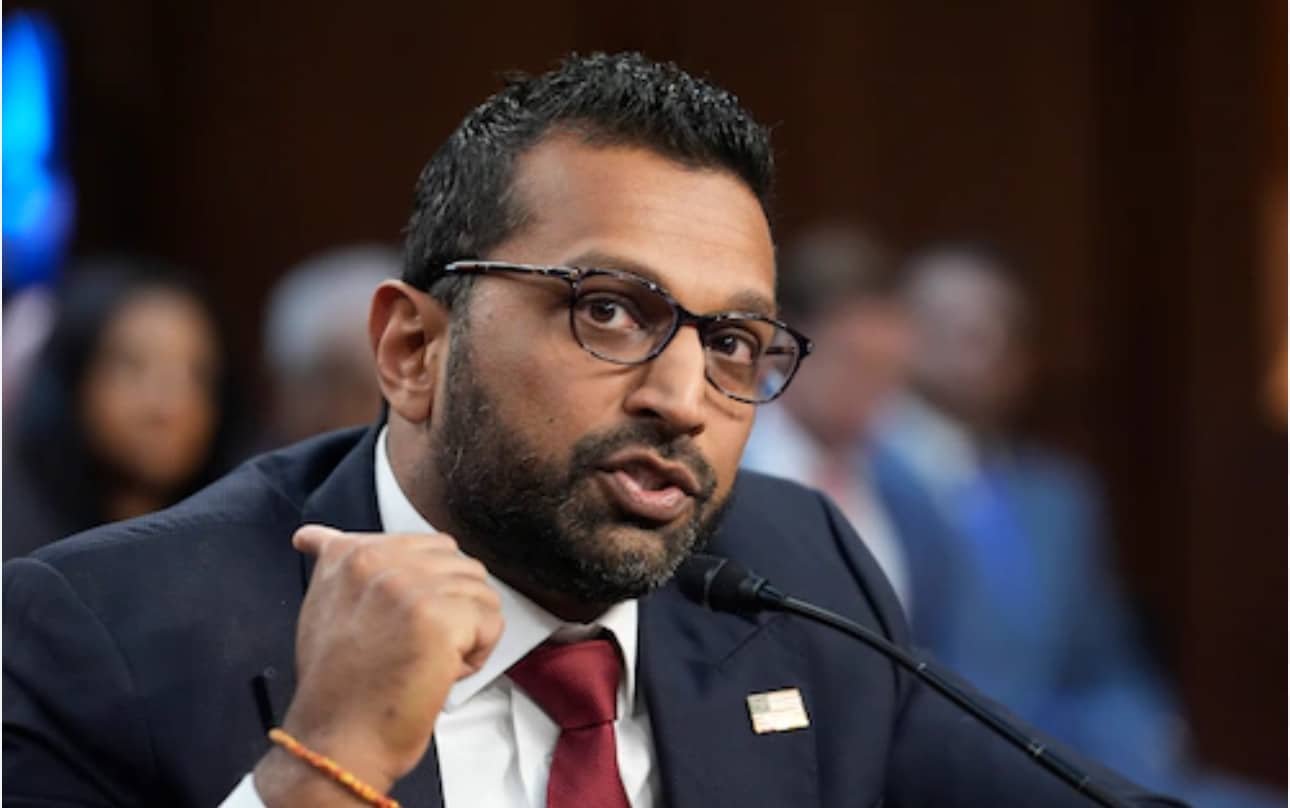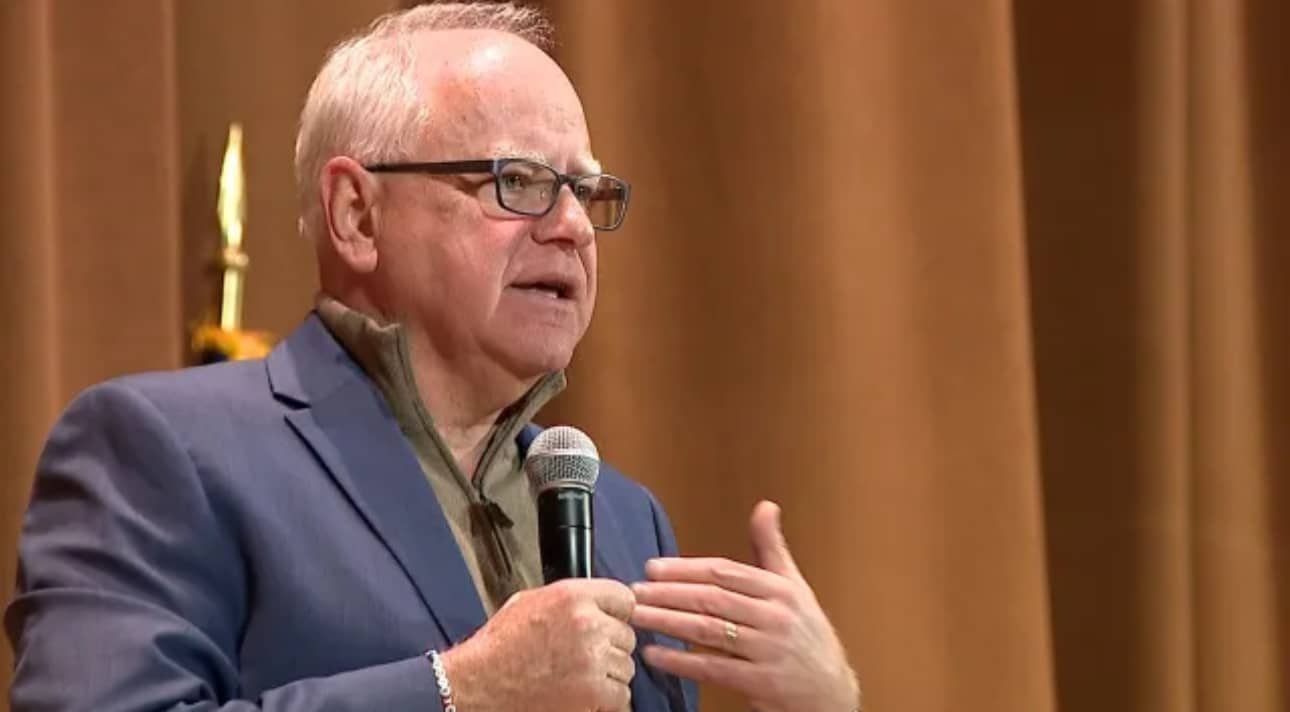How Do US Senators Represent Both Local and National Interests?
US senators play a key role in the U.S. government. They connect their constituents’ needs with national policies. This balance is crucial, as each state has two senators, ensuring equal voice.
The Senate’s unique setup allows for detailed representation. With an average of 710,000 people per congressional district, senators can focus on specific local needs. This is different from the House of Representatives, where districts are much larger.
Senators must be at least 30 years old, a U.S. citizen for nine years, and live in the state they represent. They serve six-year terms, with one-third of the Senate up for election every two years. This setup demands they pay attention to both local and national issues.
This article explores how US senators manage their duties. They must serve their local constituents while also addressing national concerns. This is a challenging task, but it’s essential for effective representation.
Key Takeaways
- US senators balance local and national interests in their legislative duties.
- Each state is represented by two senators, ensuring equal representation.
- Senators must meet specific qualifications, including age and residency requirements.
- Senate terms last six years, with elections held every two years.
- The representation model allows for substantial influence by smaller states.
- Senators face a complex political landscape that necessitates agility in their roles.
Understanding the Role of US Senators
US senators play a key role in representing their states and addressing national issues. They serve six-year terms and are involved in making laws, working on committees, and connecting with their people. This shows how important it is for Congress to represent the diverse needs of the country.
Each state has two senators, ensuring their voices are heard at the federal level. This setup allows experienced senators to lead discussions, as about one-third of seats are up for election every two years. These elections bring in fresh ideas, keeping the national conversation dynamic.
Senators face the challenge of balancing local and national interests. They spend about 60 to 70 hours a week on their work, including town halls and community meetings. This helps them stay connected to the people they serve, highlighting their crucial role in democracy.
In summary, US senators are vital in shaping laws that affect both local communities and the nation. Their work showcases the importance of effective Congress representation in a healthy democracy.
Constitutional Qualifications for Senators
The U.S. Constitution sets clear qualifications for US senators in Article I, Section 3. To be a senator, one must be at least 30 years old, a U.S. citizen for nine years, and live in the state they represent. These Senate requirements aim to ensure senators are mature and experienced.
Compared to the House of Representatives, where you only need to be 25 and a citizen for seven years, senators face higher standards. The debate over citizenship length was intense, with a vote setting it at nine years. Alexander Hamilton argued that senators should be far from foreign influences.
The Constitution also has rules about where senators must live. They must be “inhabitants” of the state they represent at election time. This rule, as explained by James Madison, allows for understanding of those temporarily away. These Senate requirements are the same for all senators, set by the Constitution and not by Congress or state legislatures.
How Do US Senators Represent Both Local and National Interests?
U.S. Senators have a big job. They must look out for their state and handle national duties. It’s a tough balance to keep.
They need to listen to their people and tackle big national problems. This means talking a lot and reaching out often. It’s all about making sure everyone’s voice is heard.
Balancing Act: Local vs. National Concerns
Senators face a big challenge. They must understand and meet many different needs. Here’s how they do it:
- They hold town hall meetings to talk to their people.
- They use surveys to know what their constituents think.
- They work with local governments to solve local problems.
These steps help them stay connected to their community and keep up with national issues.
Methods of Engaging Constituents and National Issues
Senators also try new ways to connect with their people:
- They host forums on national issues that affect locals.
- They use social media to share updates and talk to people in real time.
- They team up with other senators to make their voices stronger.
These efforts help them balance local and national needs. They aim to make a real difference for their constituents.
Models of Representation: Delegate, Trustee, and Politico
In the U.S., senators use different ways to represent their people. They balance local needs with national duties. This balance is key to their role.
Understanding Delegate Representation
The delegate model is simple. Senators follow what their people want. They listen to voters through surveys and town halls.
This approach makes senators answerable to the voters. It shows how important it is to listen to the people.
Trustee Model and the Role of Judgment
The trustee model lets senators use their own judgment. They rely on their knowledge and values. This way, they can make choices that might not always match what people want.
Senators think about the big picture. They try to understand complex issues. This helps them make decisions that benefit everyone in the long run.
Politico Model: Balancing Competing Interests
The politico model combines the best of both worlds. Senators look at the political scene and act wisely. They try to meet both local and national needs.
This approach helps them govern well. It also keeps them in touch with their voters. It’s a way to find a balance in a complex world.
The Influence of Political Parties on Representation
Political parties play a big role in how well senators represent their people. With two main parties, Senate representation can change a lot. Senators face pressure from their party leaders, which affects their work.
In places like California and Alaska, the number of people each senator represents is different. This shows how the Senate’s structure can lead to unfair situations. Senators have to choose between following their party and listening to their constituents.
Dealing with complex issues, senators often wonder who they should serve. When party rules control what they do, they might not listen to the people. This can make it seem like they’re not really connected to their voters.
Many people see big differences between the Republican and Democratic parties. About 41% of independents feel left out by these parties. Also, 47% of independents want new parties to give them more choices.
| Party Affiliation | Well-Represented | Desire for More Parties |
|---|---|---|
| Democrats | 85% | 51% (under 50 years old) |
| Republicans | 71% | 42% (under 50 years old) |
| Independents | 41% | 47% |
The role of political parties is key in how senators work with their people and national goals. The push for more inclusive politics shows a big challenge in our system today.
Engaging with Local Interests: Concrete Examples
U.S. Senators work closely with local interests to make sure federal funds help their people. They often use pork-barrel politics to get money for projects that boost local economies and improve infrastructure. Critics argue it’s a bad way to do things, but it’s key for getting money to schools, hospitals, and roads.
Pork-Barrel Politics: Allocating Resources Locally
Pork-barrel politics means using government money for projects that help local communities. Senators use different strategies to meet the needs of their people. Here are some examples:
- Funding for rural transportation improvements
- Grants for community health clinics
- Support for local education initiatives
By focusing on local projects, senators help their areas grow. They make sure their voters’ voices are heard in big decisions. This way, they build support and strengthen their political standing.
Successful Initiatives: How Senators Address Local Needs
When senators understand and act on their district’s needs, good things happen. They work with local leaders to find the most important areas to focus on. This leads to successful programs. Here are some examples:
- National funding for renewable energy projects in local communities
- Support for local businesses through economic stimulus packages
- Community development grants aimed at urban revitalization
By taking on these projects, senators prove their dedication to both local and national goals. They show how local concerns can shape national policies.
Navigating National Interests: The Senatorial Perspective
Senators are key in making legislation that impacts national policies. These policies touch on big national interests. They deal with things like healthcare, education, and funding for the military.
When disasters or economic troubles hit, senators lead the way. They work to find good solutions. This shows how important it is to balance local needs with national goals.
Legislation and National Policy Impact
The view of senators on laws shows a mix of state and national views. The Senate makes sure each state has an equal say. But, this can sometimes give a few senators a lot of power.
Political scientist Daniel J. Hopkins points out that most people see themselves as Americans first. Yet, the Senate’s structure might limit how their voices are heard in making national policies.
Addressing National Crises and Their Effects on Representation
Senators face a big challenge when dealing with national crises. They must balance local needs with national interests. This is made harder by things like campaign money, where people often support candidates from other states.
This can cause a gap between what voters want and what senators focus on. Debates over big treaties, like the Law of the Sea, show the struggle to keep up with global issues while protecting national interests.
Descriptive Representation: Diversity in the Senate
Descriptive representation means elected officials should look like the people they serve. The Senate’s diversity is key to getting more people involved. Having officials from different genders and races helps shape policies and conversations.
The Importance of Racial and Gender Diversity
More racial and gender diversity in the Senate boosts civic engagement. For example, Black people in districts with Black reps feel more connected to politics. By December 2021, 35.2% of Black people in these districts felt they had a say in government, up from 26.4% elsewhere.
These constituents also showed more interest in political campaigns. They were 10 percentage points more likely to be “very interested” than those without Black reps.
Recent Trends in Descriptive Representation
While there’s been some progress, racial representation still has a long way to go. Black lawmakers are underrepresented among Senate staff, making up just 7.1% of positions. This is despite them being 36% of the U.S. population.
By December 2015, only three African Americans were among 336 top Senate staff. Lack of diversity, especially in leadership, makes the Senate less responsive to diverse needs.
| Demographic Group | U.S. Population Percentage | Top Senate Staff Percentage |
|---|---|---|
| African Americans | 13.3% | 0.9% |
| Latinos | 17.6% | 2.1% |
| AAPI (Asian American and Pacific Islander) | 5.8% | 3.6% |
| Native Americans | 1.2% | 0.6% |
Advocates push for more people of color in Senate staff. They suggest using the NFL’s “Rooney Rule” for hiring. This could bring more diverse voices into politics, making government more accountable and inclusive.
Public Perceptions and Congressional Approval Ratings
How people view Congress affects what senators do. Even though many don’t like Congress, local officials get better ratings. This difference is key in the Senate.
Recent polls show 72% of Americans don’t like Congress. Yet, 56% think their local reps are doing well. These views guide senators as they work.
How Approval Ratings Affect Senators’ Actions
Senators adjust their actions based on what people think. When Congress is unpopular, they might focus on local issues. This helps them stand out.
Statistics reveal 82% of Democrats and 38% of Republicans think senators focus more on national issues. But they also need to think about local concerns.
The Disconnect Between Local and National Perceptions
The gap between local and national views makes things tough for senators. 70% of people are unhappy with how senators handle local issues. This shows the challenge senators face.
Moreover, 65% think money in politics affects decisions. This adds to the feeling of distance between officials and the public.
| Metrics | Local Approval Ratings | Congressional Approval Ratings |
|---|---|---|
| Percentage of Americans who feel their local officials are doing a good job | 56% | N/A |
| Percentage of Americans with a favorable view of Congress | N/A | 26% |
| Percentage of constituents satisfied with Senator representation of local issues | 30% | N/A |
| Percentage of Republicans who think their senators are focused more on national than local interests | N/A | 60% |
| Percentage of voters believing campaign contributions influence decisions | N/A | 65% |
Conclusion
US senators play a key role in balancing local and national interests. They face a complex challenge in American governance. Each senator must choose how to represent their people and the country.
There are three main ways senators can represent: as delegates, trustees, or politicos. Each approach affects how they meet their constituents’ needs and address national issues.
Serving as senators is not easy due to the size of states and the diversity of people they represent. They must support their local communities and also help shape national policies. The political environment is tough, making it crucial for senators to connect well with the public.
Effective communication and trust are essential for senators to do their job well. They must work hard to balance local and national needs. Their efforts are vital for a strong and fair democracy for everyone.
FAQ
How do U.S. Senators balance local and national interests?
U.S. Senators handle both local and national interests in many ways. They meet with locals, use surveys to hear opinions, and discuss national issues that affect their communities. They need to know their state’s needs and also support national issues.
What are the constitutional qualifications for becoming a U.S. Senator?
The U.S. Constitution sets rules for senators. They must be at least 30, a U.S. citizen for nine years, and live in the state they represent. These rules help ensure senators are mature and experienced.
What models of representation do U.S. Senators follow?
Senators use three main models: delegate, trustee, and politico. The delegate model follows what locals want. The trustee model lets them decide. The politico model mixes both. This way, they can meet local needs while thinking about national issues.
How do political parties influence senators’ representation?
Political parties greatly affect senators’ work. Most senators belong to the Democratic or Republican Party. Party leaders guide their work, making them balance party goals with what their constituents want.
What is ‘pork-barrel politics’ and how does it relate to senators?
Pork-barrel politics’ means getting federal funds for local projects. It’s debated but helps senators improve their state. It shows how local needs can be met with national resources.
How do U.S. Senators respond to national crises?
Senators lead in solving national problems like disasters or economic crises. They create policies that consider local views. This ensures their constituents’ needs are part of the solution.
What is descriptive representation in the context of the Senate?
Descriptive representation means elected officials match the diversity of their people. Having diverse senators helps in discussing local and national issues. It leads to more inclusive policies.
Why do some voters have differing approval ratings for their senators versus Congress as a whole?
Senators often get higher approval ratings than Congress. This is because locals appreciate their work and response. It shows senators focus on meeting local needs, even if it differs from national views.
Source Links
- American Government 101: Difference Between House and Senate – https://online.maryville.edu/blog/difference-between-house-and-senate/
- Federalism and the Senate | Take Care – https://takecareblog.com/blog/federalism-and-the-senate
- What Do Senators Actually Do | Positive Encouraging K-LOVE – https://www.klove.com/news/U.S. & World/what-do-senators-actually-do-37621
- The Idea of the Senate – https://www.senate.gov/history/IdeaoftheSenate.htm
- About the Senate and the Constitution – https://www.senate.gov/about/origins-foundations/senate-and-constitution.htm
- Overview of Senate Qualifications Clause – https://www.law.cornell.edu/constitution-conan/article-1/section-3/clause-3/overview-of-senate-qualifications-clause
- Qualifications of Members of Congress – https://www.everycrsreport.com/reports/R41946.html
- Congressional Representation | American Government – https://courses.lumenlearning.com/atd-monroecc-americangovernment/chapter/congressional-representation/
- The Legislative Branch – https://obamawhitehouse.archives.gov/1600/legislative-branch
- No title found – https://www.usgopo.com/models-of-representation/
- The Case for Enlarging the House of Representatives – https://www.amacad.org/ourcommonpurpose/enlarging-the-house/section/3
- Chapter 11 Review – https://pressbooks.online.ucf.edu/pos2041lg/chapter/chapter-11-review/
- Mezey_CapNote_011912 – https://www.agora-parl.org/sites/default/files/agora-documents/representation_and_constituency_relations.pdf
- 9. How well the major parties represent Americans, the public’s feelings about more political parties – https://www.pewresearch.org/politics/2023/09/19/how-well-the-major-parties-represent-americans-the-publics-feelings-about-more-political-parties/
- Conflicts of Interest – U.S. Senate Select Committee on Ethics – https://www.ethics.senate.gov/public/index.cfm/conflictsofinterest
- Balance of Power in the U.S. House and Senate – Bloomberg Government – https://about.bgov.com/insights/congress/balance-of-power-in-the-u-s-house-and-senate/
- U.S. Senate: Lobbyists – https://www.senate.gov/legislative/common/briefing/Byrd_History_Lobbying.htm
- The Senate represents states, not people. That’s the problem. – https://www.vox.com/2018/10/13/17971340/the-senate-represents-states-not-people-constitution-kavanaugh-supreme-court
- Advancing the National Interests of the United States: Ratification of the Law of the Sea – https://www.csis.org/analysis/advancing-national-interests-united-states-ratification-law-sea
- Descriptive representation – https://upward-mobility.urban.org/framework/governance/representation
- Senate Staff Diversity – Joint Center – https://jointcenter.org/senate-staff-diversity/
- 3. How Americans view Congress, the president, state and local political leaders – https://www.pewresearch.org/politics/2023/09/19/how-americans-view-congress-the-president-state-and-local-political-leaders/
- 6. Evaluations of members of Congress and the biggest problem with elected officials today – https://www.pewresearch.org/politics/2023/09/19/evaluations-of-members-of-congress-and-the-biggest-problem-with-elected-officials-today/
- Senators at Home: Local Attentiveness and Policy Representation in Congress | American Political Science Review | Cambridge Core – https://www.cambridge.org/core/journals/american-political-science-review/article/senators-at-home-local-attentiveness-and-policy-representation-in-congress/C28AB38EB4525BA3FFE87BA986DEB454
- The Politics and Processes of Congress – https://www.wilsoncenter.org/publication/the-politics-and-processes-congress
- PDF – https://rooseveltinstitute.org/wp-content/uploads/2020/07/RI_Fixing-The-Senate_report-201903.pdf












